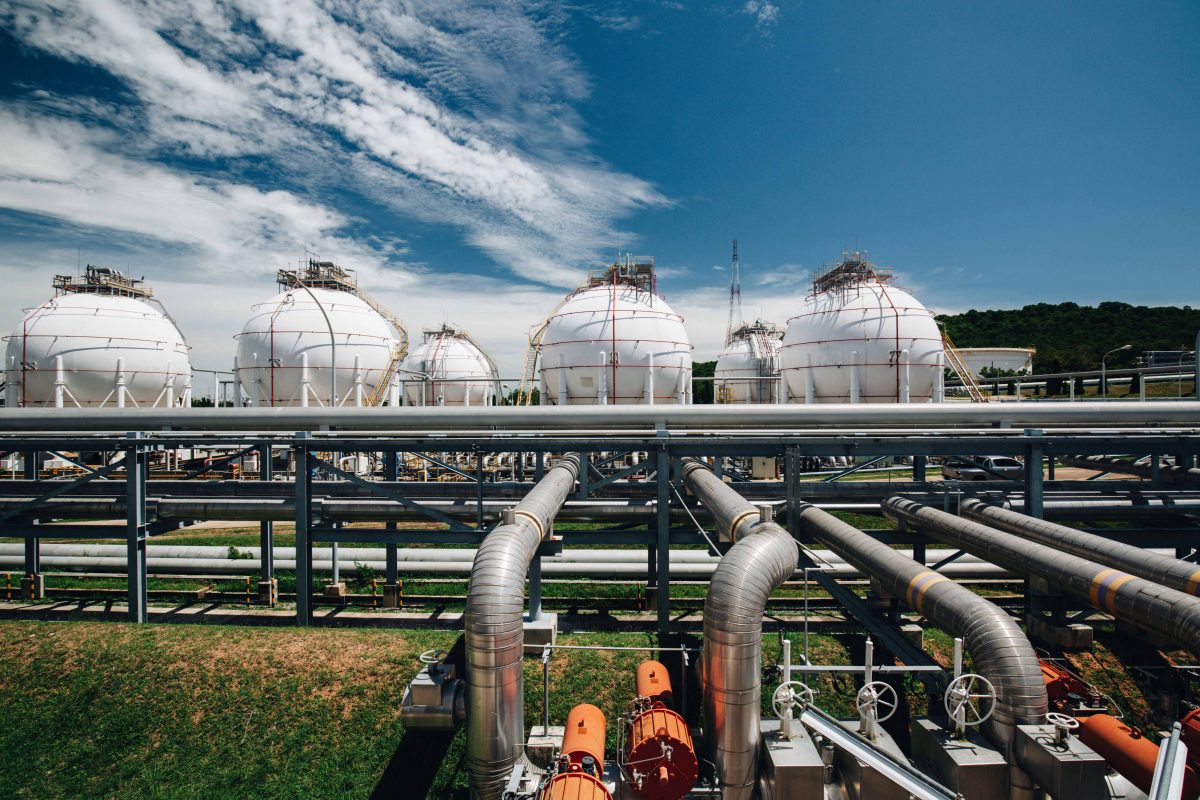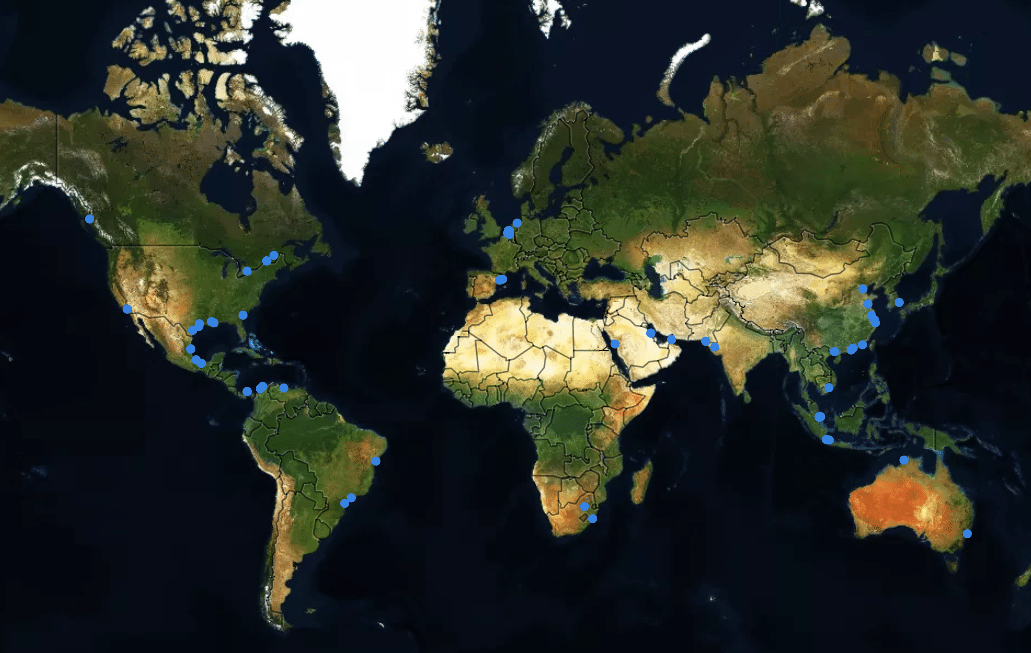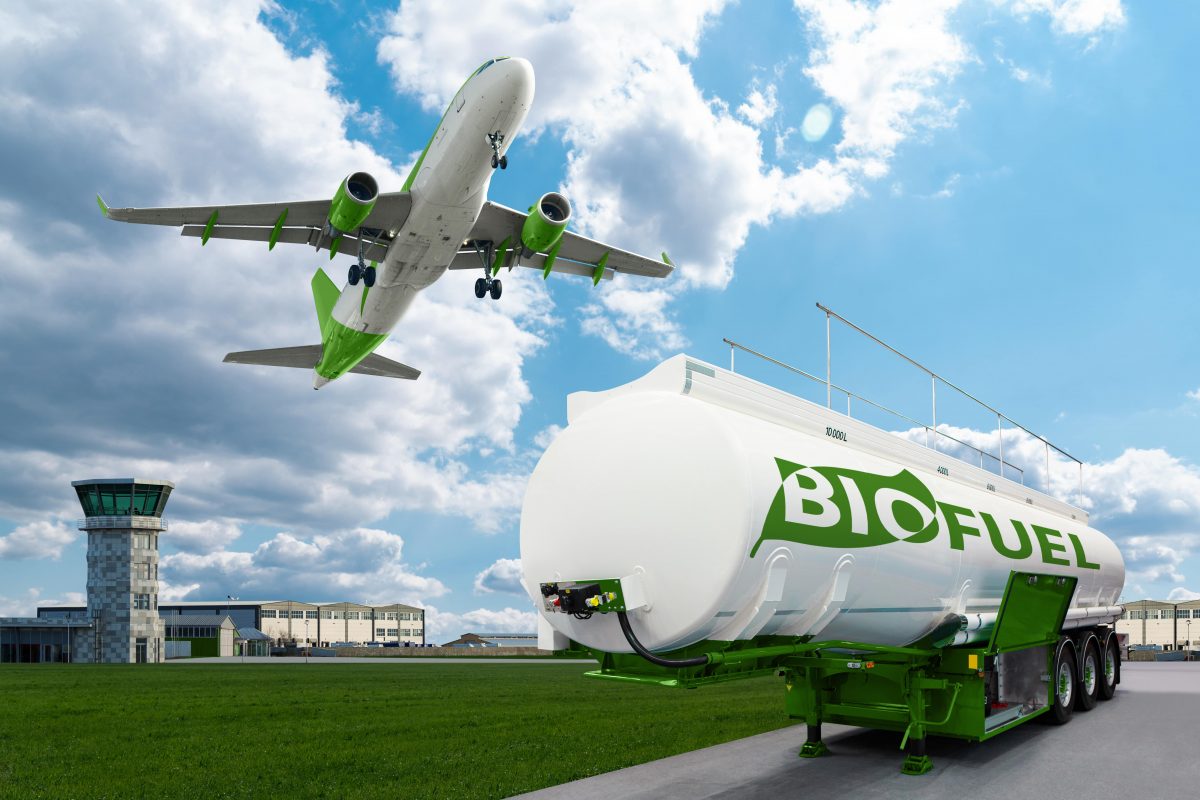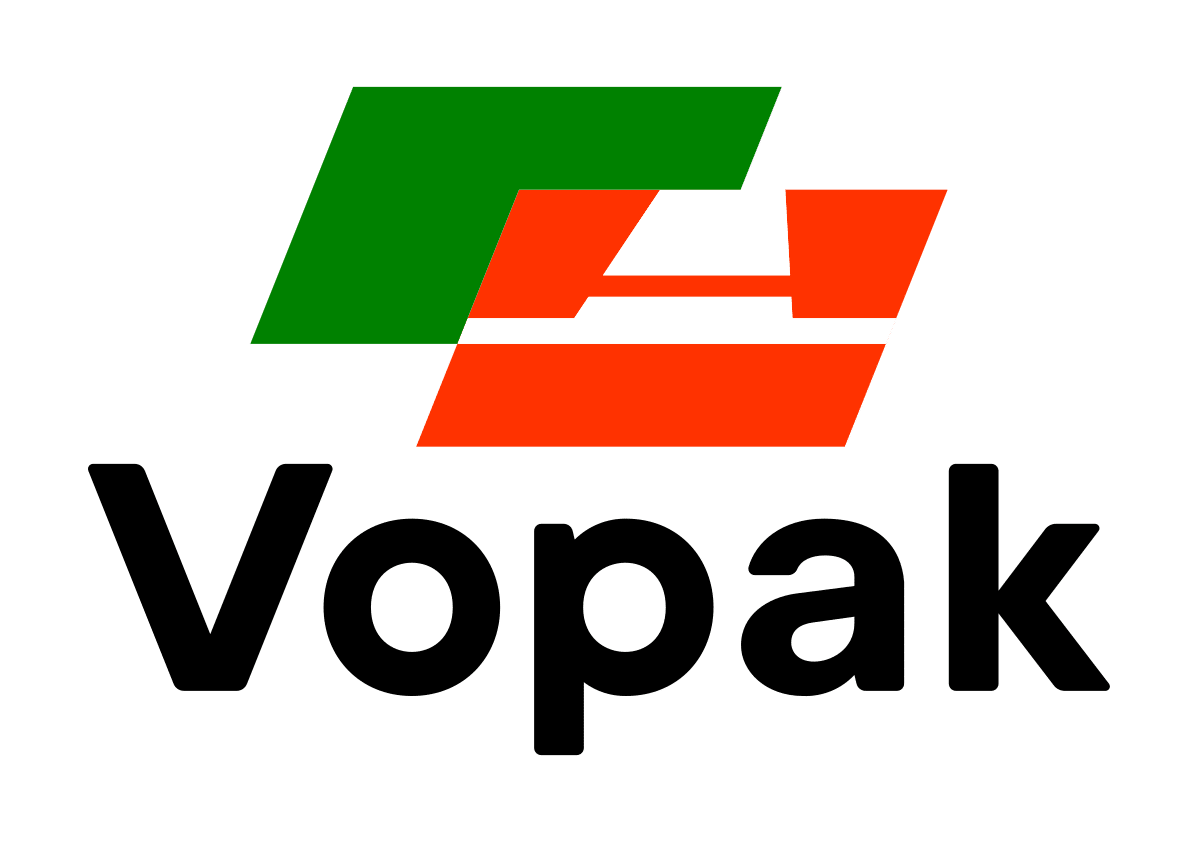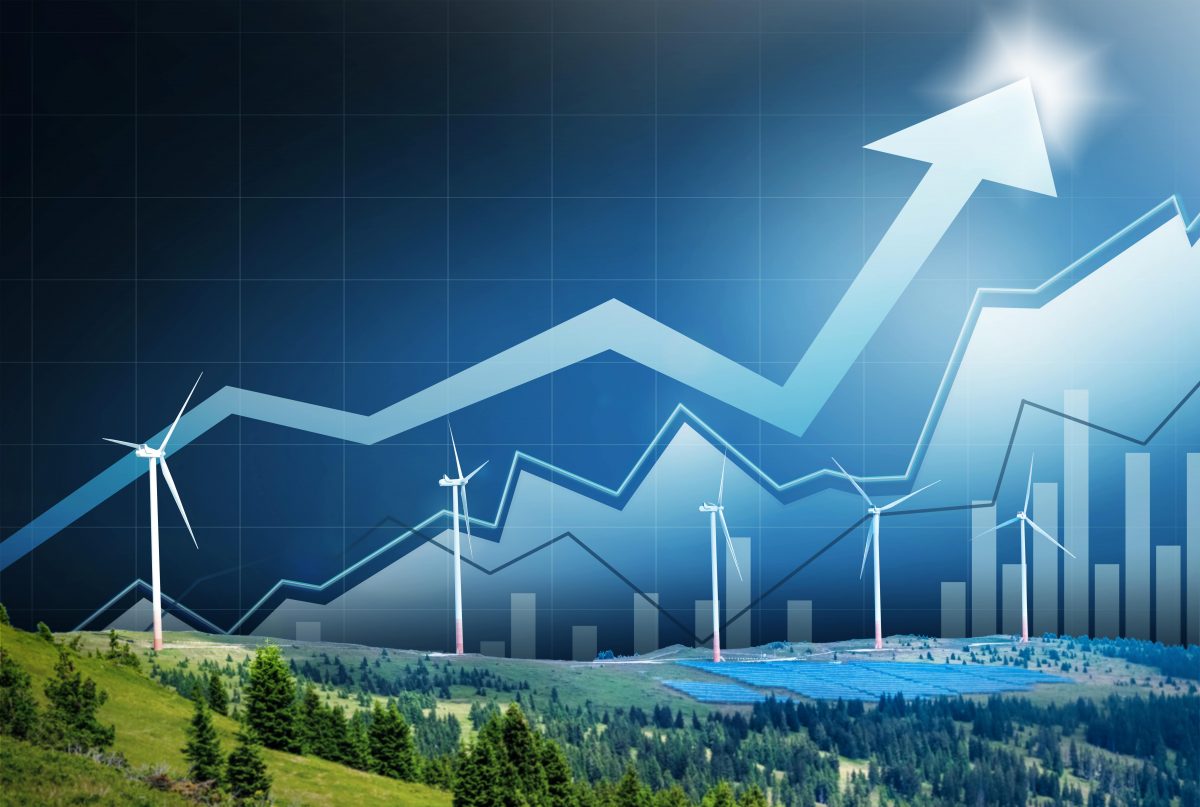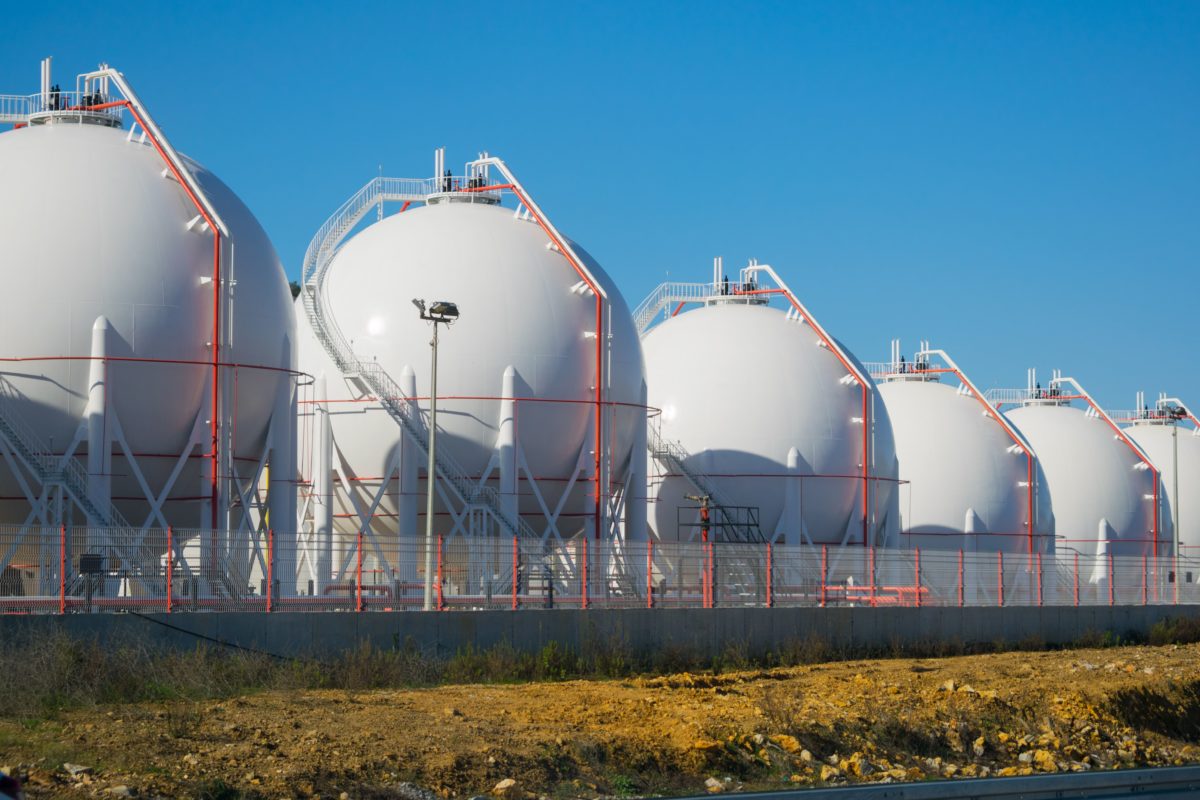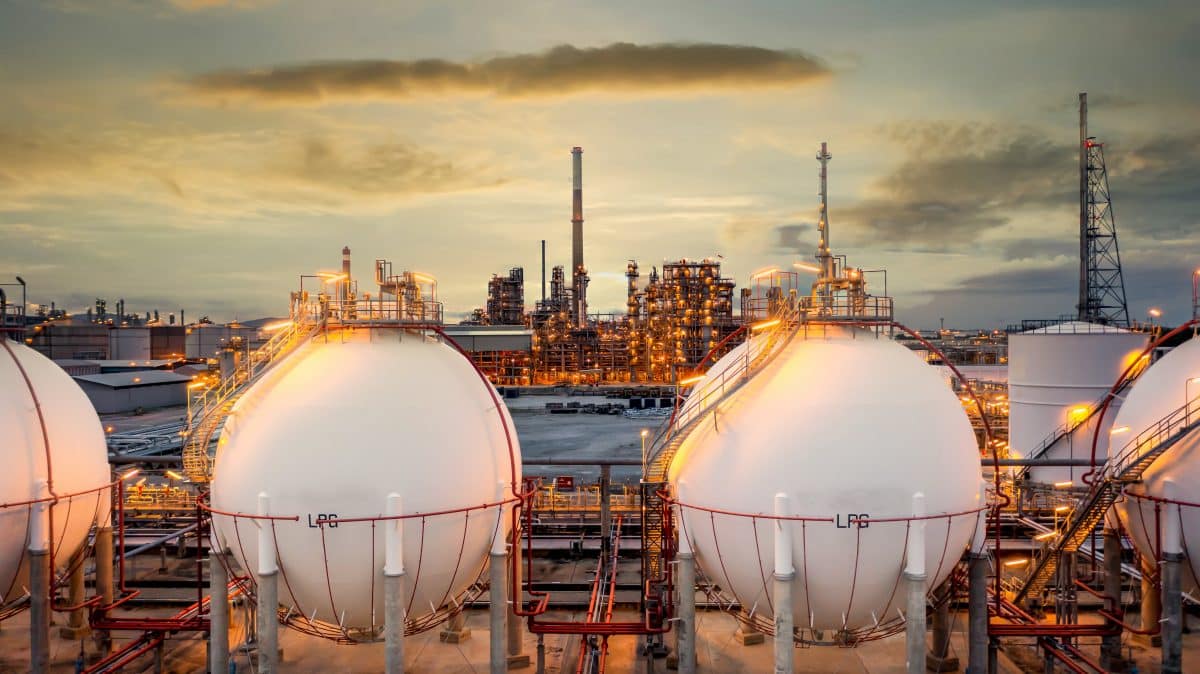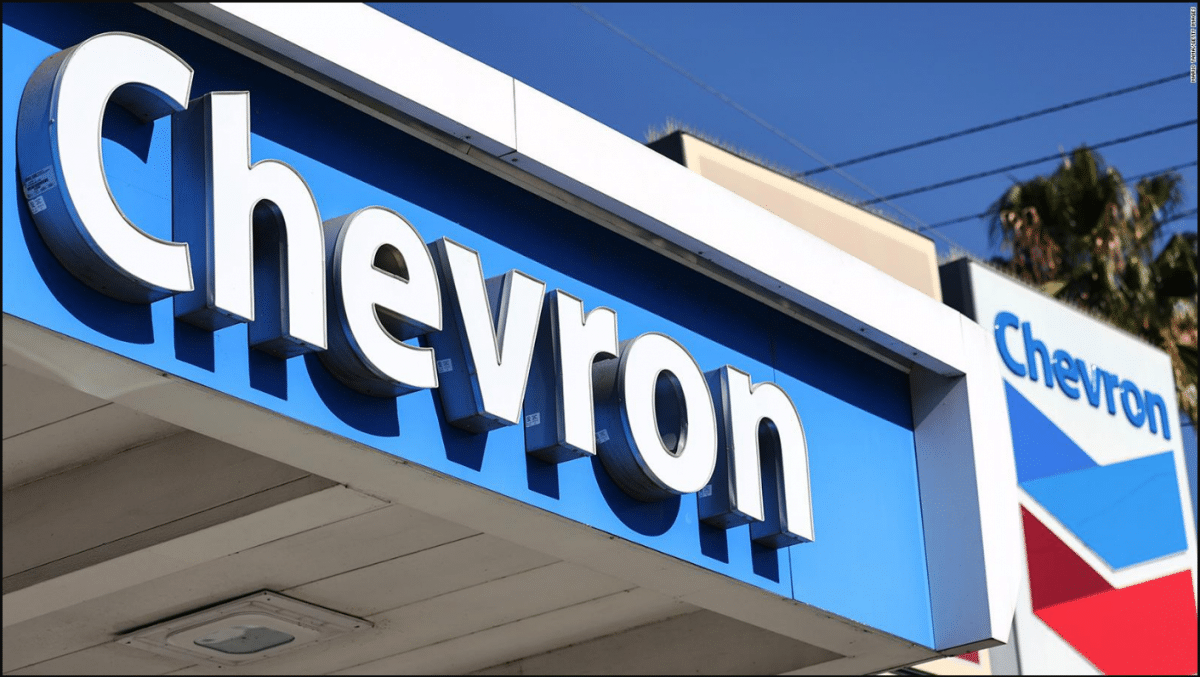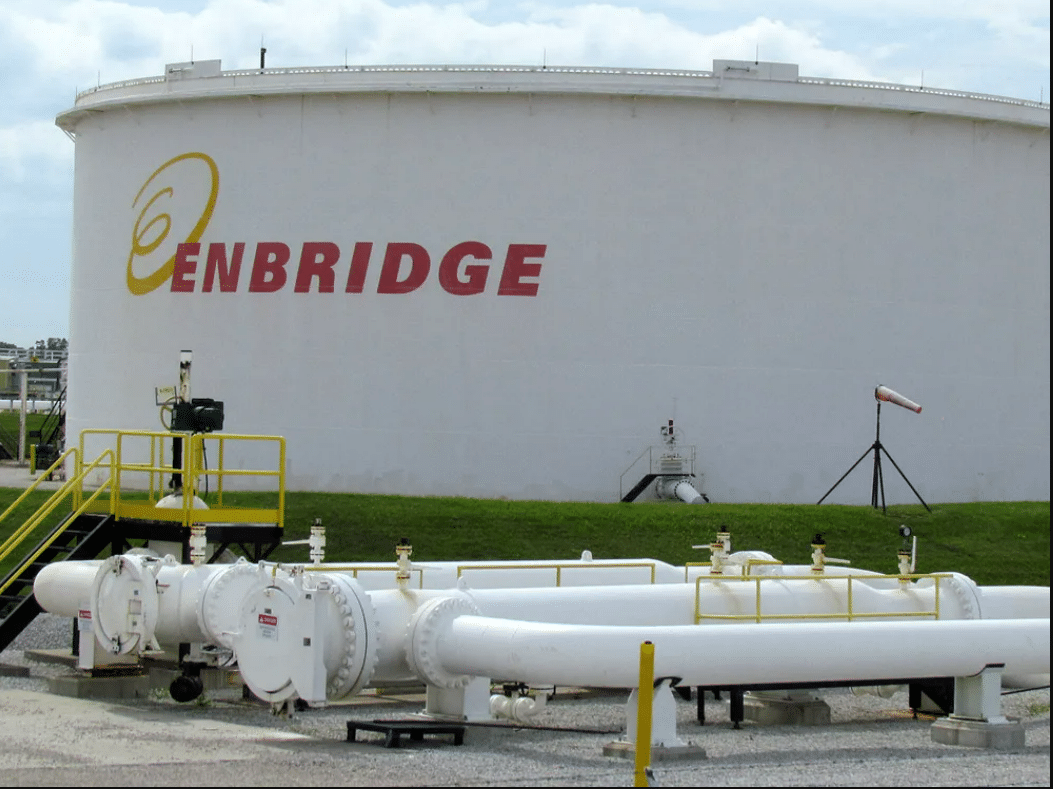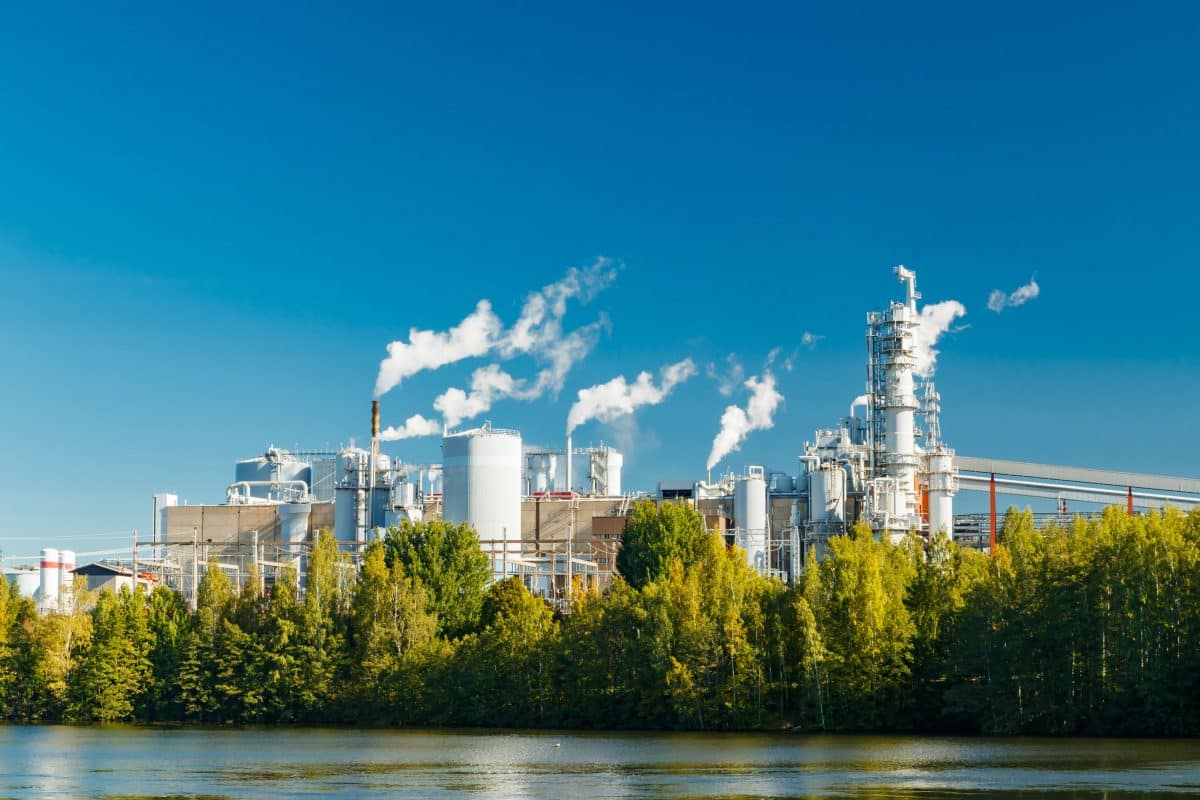US policymakers must pursue stability and predictability for the energy system if the US hopes to reap the benefits of global investment dollars expected to come in droves to support LNG and renewable energy projects, Shell CEO Wael Sawan said June 4.
As the British multinational oil and natural gas major focuses its strategic decision making on value and emissions reductions, it plans to hold oil production flat with expectations that oil growth will plateau in the 2030s, Sawan said at an event hosted by the Center for Strategic and International Studies.
However, “we see a big growth opportunity for LNG, which straddles both more value and less emissions” as Asia presents massive growth potential and LNG typically replaces coal, he said. “And then at the heart of our transformation is what I would call our downstream renewables business. There we are fundamentally rewiring the entire infrastructure we have to be able to serve what [we believe] will be lower-carbon demand … from our customers.”
He warned that the US risks missing out on this opportunity if it cannot demonstrate that it can be a reliable and dependable energy supplier, regardless of administration or who controls Congress.
For instance, the current pause on LNG export authorizations realistically will not impact today’s or next year’s supply of LNG, he said, but “it continues to undermine confidence in US LNG at a time when US allies around the world want dependable and reliable supplies so that they can actually anchor that as part of their overall energy system.”
‘Unique role’
Joseph Majkut, director of the CSIS Energy Security and Climate Change Program, chimed in that CSIS has heard similar warnings from other companies and foreign officials.
“My view is that the US is still growing into its role as a large exporter and energy security player globally,” Majkut said. “Washington is not quite ready to deal with both the advantages that can come from that or the responsibilities.”
Yet, the “US plays a very unique role in the global gas system by having free onboard cargoes, destination flexibility, and now we’re seeing a lot of traders, including Shell, be offtakers ready to enter a much more commoditized market than even we had eight to 10 years ago,” he contended.
Sawan concurred, stressing the importance of the US’ role as a global energy supplier, particularly as Europe continues to contend with Russia’s invasion of Ukraine and the shakeup in energy trade flows that caused.
Shell is contemplating not only what technologies to invest in but where is the best location to deploy capital, Sawan said. “The US ranks highly in that regard on the back of multiple different elements, including the support of the [bipartisan infrastructure law] as well as the Inflation Reduction Act.”
With all eyes on the upcoming US presidential election in November, Sawan said he hopes that whoever sits at the helm of power sees the value in those laws and “continues to encourage companies like ours to continue to invest in what I think can be a huge advantage for the US looking into the next 10, 15 years.”
Sawan asserted that “capitalism is at the essence of how you’re going to be able to allow the markets to create the appropriate incentives for the outcomes to materialize, but you might need to be able to nudge it with things like the Inflation Reduction Act or the EU Fit for 55.”
The IRA in the US provides climate change funding and tax credits over the next decade to spur innovation in clean energy and transportation manufacturing and drive down greenhouse gas emissions. The European Commission’s Fit for 55 climate change package aims to cut EU emissions by 55% by 2030 compared with 1990 levels.
“You’re competing against what is a very strong incumbency for coal, oil and gas,” Sawan said, describing those resources as energy dense, easy to transport, high value molecules. “So to be able to counter the forces of gravity, you’re going to have to create new forces, and that’s where some of the support that governments are putting in place hopefully will catalyze some of those movements and over time as you build up the scale, as we’ve seen in solar and wind, you will be able to establish value pools that are investable for companies all around the world.”
Election impacts
Asked more directly about the potential for a 180-degree shift in US energy and environmental policy come January and the impact an easing or rollback of methane and other regulations could have on Shell’s LNG export business, Sawan responded that he’ll be looking for “concrete action” to determine what moves the company will make.
Shell will pivot as needed while also continuing “to drive what we think is a uniquely positioned US LNG market for offtake to the rest of the world,” he said.
Sawan declined to further speculate about what a change in the White House could mean. But regarding methane regulation in particular, he expressed that Shell “fundamentally believes that every single molecule of methane should be captured and should be used constructively and not just allowed to go into the environment.”
“We hold ourselves to a very high bar,” he said. “If the bar in the country [Shell is operating in] is lower than the bar that we hold, then we will meet our own bar.” He added that he doubted that “good stewards of capital and good business people [would] simply let the methane emissions happen.”
By: SP Global / June 06, 2024

